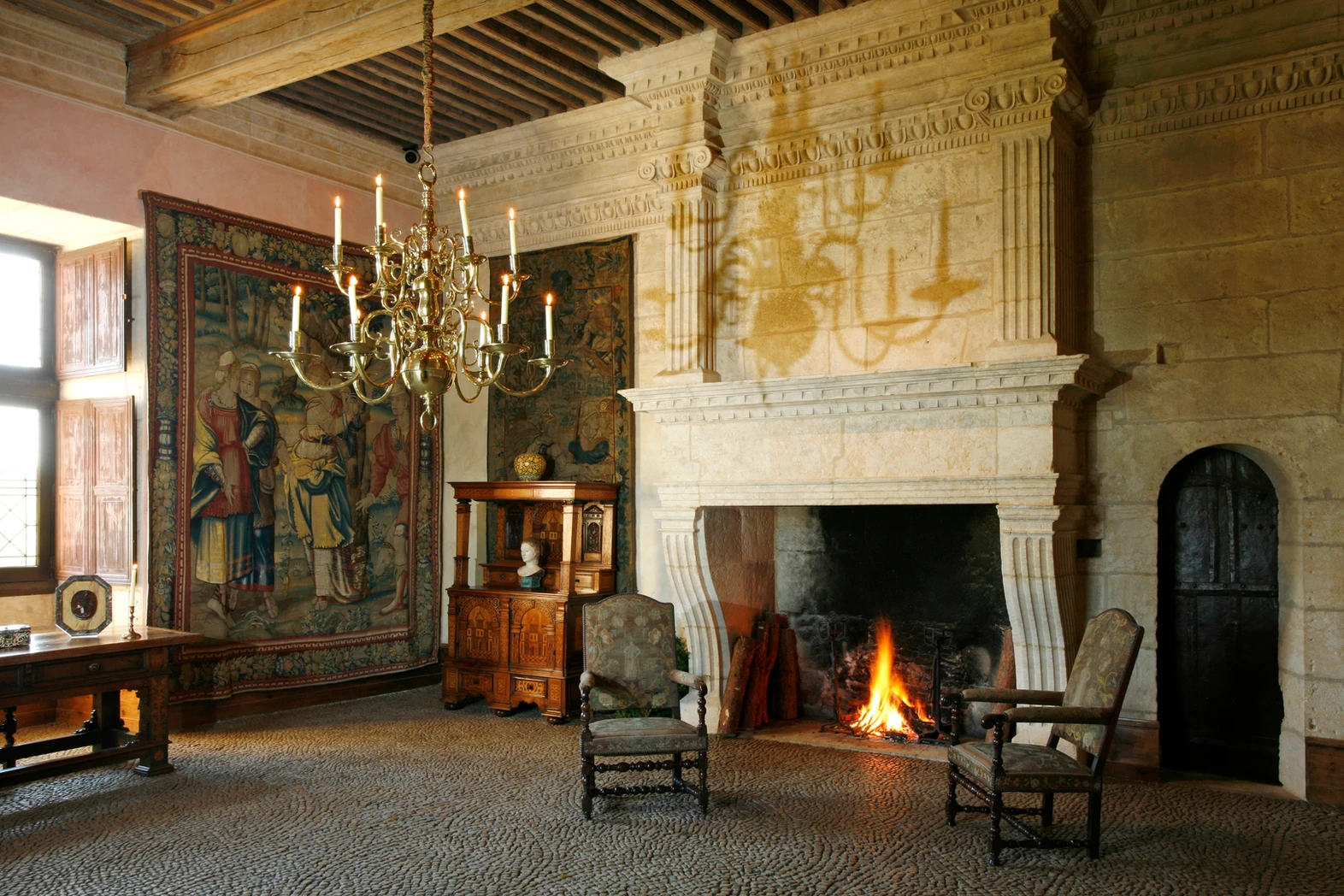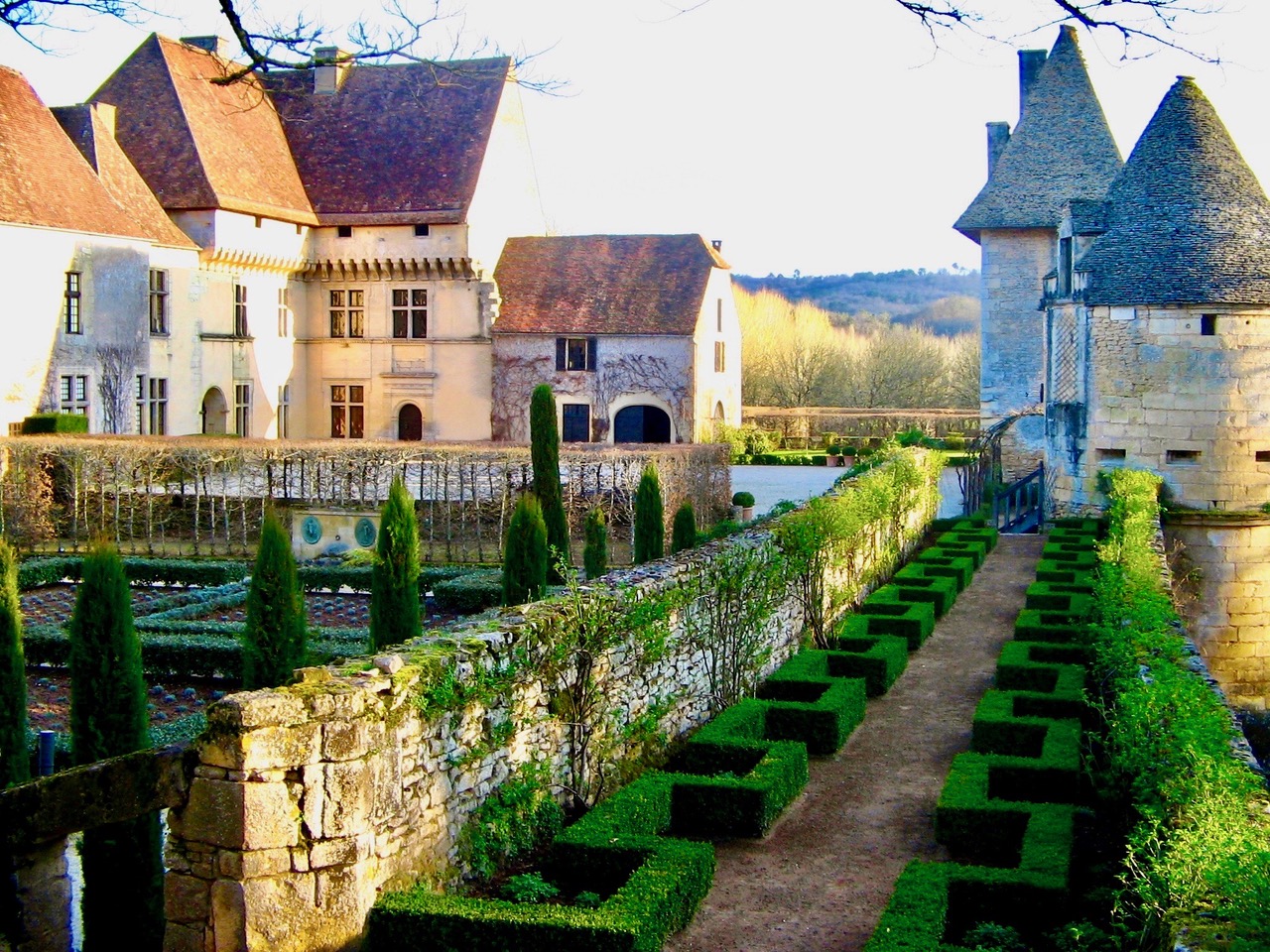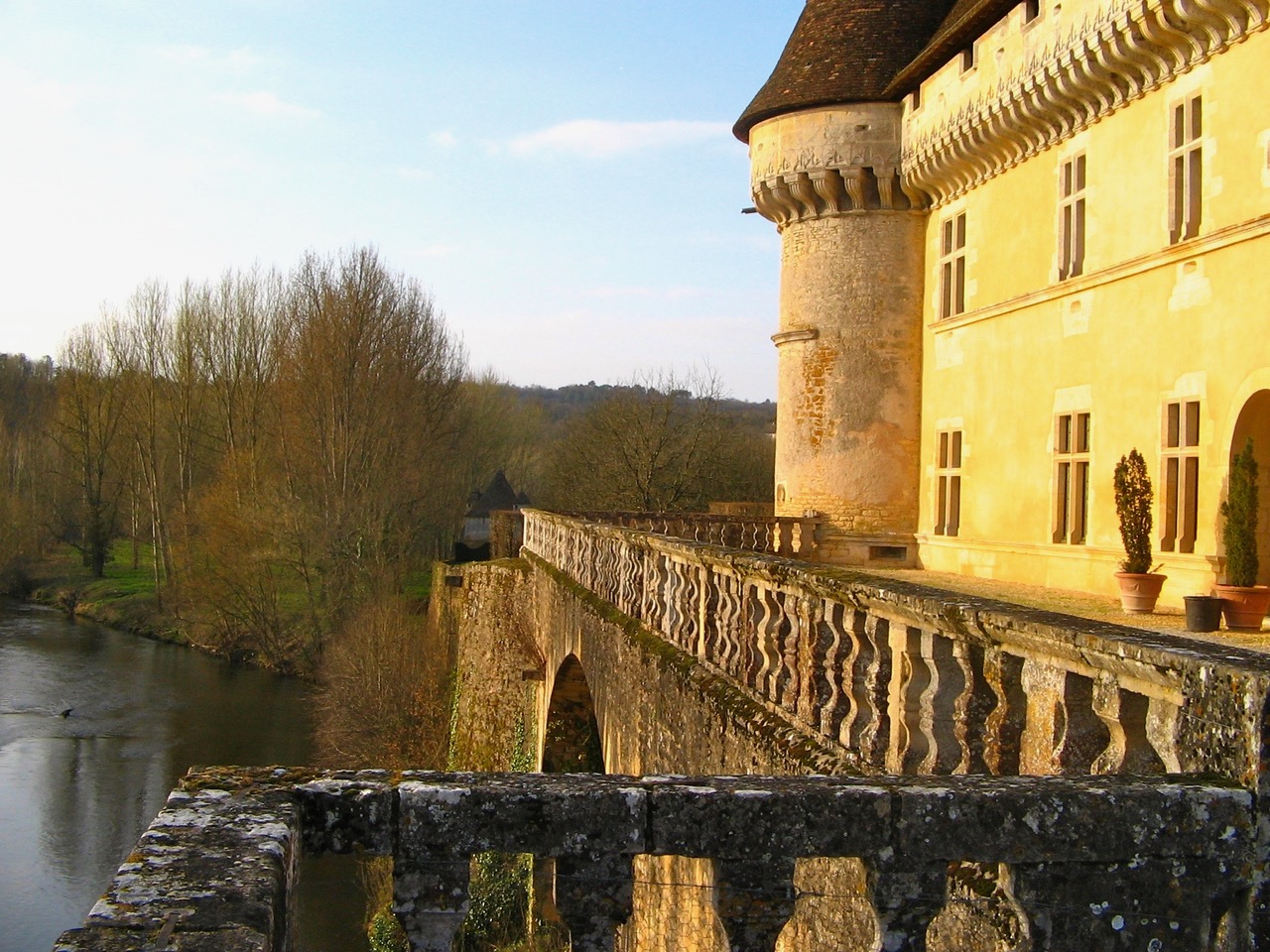
By Francesco Bianchini
The last legitimate emperor of Vietnam, Hàm Nghi, had a short reign. He was not even eighteen when deposed by French troops in the 1880s and exiled to Algeria. There he met and married a Frenchwoman, and in the 1920s the couple bought a castle in southwest France – mostly then in ruins – and lived there until they died. Neither the emperor nor his wife cared a bit about restoring the Chateau de Losse, and their daughter Nhu Mai – who eventually became the owner – later preferred living in a small cottage on the estate. She never married and when she died in 1999, was buried next to her parents in the small cemetery of Thonac, a few kilometers away.

Emperor Hàm Nghi (1871-1944)
Dan and I knew nothing of this story when we first visited Losse on a vacation in Dordogne in 2008. By then the chateau had been restored by the current owner and her husband, who’d purchased it from princess Nhu Mai. Intoxicatingly beautiful, yet just one of the storied ‘1001 chateaux’ of the region, according to a slogan coined by the Perigord tourism board, Losse is not very large by castle standards; all the buildings ring a central courtyard isolated by a deep moat on three sides, and by the Vézère river on the fourth. The river setting gives the whole ensemble an idyllic appearance, with the prominent overhanging terrace, pointed-roofed towers, beautiful Renaissance cross windows, and the Italianate gardens surrounding it. During our guided tour we enjoyed our inveterate game: each mentally selecting a piece in every room for the pleasure of discovering at the end of the visit whether the spoils of one of us would match those of the other.

Renaissance glory in the main salon *
Just before Christmas a few years later, through a mutual friend in Paris, we made the acquaintance of the chatelaine of Losse, then fretting about her gardener-cum-custodian who’d recently given her nothing but trouble. He was, she explained, keeping her on the coals, threatening to leave her in a lurch. It wasn’t a matter of money – as we discovered when Jacqueline casually alluded to the exorbitant pay he was making – but she had decided he had to go, so another gardener had to be found. The catch was that the position required living on-site for the security of the property. During the day, a secretary would be there to handle correspondence, do filing, etc., but at night the castle remained unguarded. The burglar alarm, Jacqueline related, had recently rung up her cell phone a few times in the middle of the night – and she was living in her Parisian apartment, five hundred kilometers away! Possibly only a bat sneaking in and out of the eaves, she said, but one never knows…

The ‘island’ of Losse *
Out of the blue, Dan exclaimed that he and I would be happy to stay at Losse for a while to put her mind at ease. Jacqueline looked as startled as I did. I never meant to ask such a thing, she protested – but I knew Dan meant it, despite our only having settled in Paris three months before. Both of us, however, believe that it is impossible to plan one’s life too rigorously; that those who equip themselves in advance against every possible emergency do so at the expense of happiness. We’d left Italy as if we would never return, and we were ready to seize any opportunity that presented itself.
Jacqueline mulled the idea on the spot, and then told us about princess Nhu Mai’s cottage, dredging up pictures of it on her cell phone: the most romantic little house conceivable, with the sloping roof typical of southern France, smothered by climbing roses, and protected by the large cedars of the castle’s park. Then she surprised us by proposing a free loan – with her taking on the cost of refurbishing the place, so that we could make it snug and habitable at our leisure. We could stay on indefinitely, acting as caretakers.
Intrigued, of course, we took a train in the new year and reached Losse after the five-hour journey. The cottage – uninhabited since the time of Nhu Mai’s death – was just as charming as we’d imagined it. And we knew we couldn’t afford the extravagant rent we were paying in Paris for much longer, but neither did we want to invest in a house that didn’t belong to us. During those few days in January – with the countryside frozen, the restaurants closed, every activity reduced to a minimum – we stumbled upon another property we would eventually buy, and in the end we declined Jacqueline’s offer – but we did promise to return to stay at Losse until she’d found a more reliable custodian.

Our wing of the chateau
We returned to the Dordogne as promised in mid-March, a month that not infrequently surprises with the mildness of the air and the anticipated scent of spring. Jacqueline had reserved an apartment for us in a wing of the chateau. As Losse is not open for visits in winter months, by day we made contact with the artisans who would help restore our Périgourdine farmhouse, but at nightfall we’d drive back down the cedar-lined avenue of Losse, park our car in a space reserved for family members and, after crossing the drawbridge, bolt the massive gates. The seasoned chestnut timbers slid noisily on the stones beneath the portcullis, and the bolt entered the loops with a loud boom. He who is in, is in; he who is out, is out the sound seemed to proclaim.
Thus we were enclosed on a magnificent and protected island, and our cat Arcadio could wander wherever he liked without us having to worry. The only difficult part was maintaining the huge wood-burning furnace that, besides heating our rooms, was drying the castle’s parquet floors that had been waxed in preparation for the coming season. The furnace task was one that Dan and I needed to perform together, loading the fiery dragon with large oak logs at three intervals per day.

Honey-colored sunset on the river Vézère
Daylight savings time and good weather provided the chance at dusk to sit on the stone balustrade of the terrace overlooking the Vézère. Those moments were magical: no other sound but the gurgling of the river against its moss-covered banks, and the call of wood pigeons through the trees. The sun shone across the honey-colored fortress and was reflected in our goblets, filled with Monbazillac – a local dessert wine – which we sipped while eating generous slices of foie gras on toasted bread, accompanied by fig confit. There we’d idle under the chateau builder’s motto, carved in limestone above us, perhaps even with the ghost of Jean de Losse peering down: Man does as he may, Fortune as she will!
* photos courtesy of https://www.chateaudelosse.






